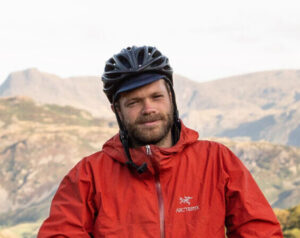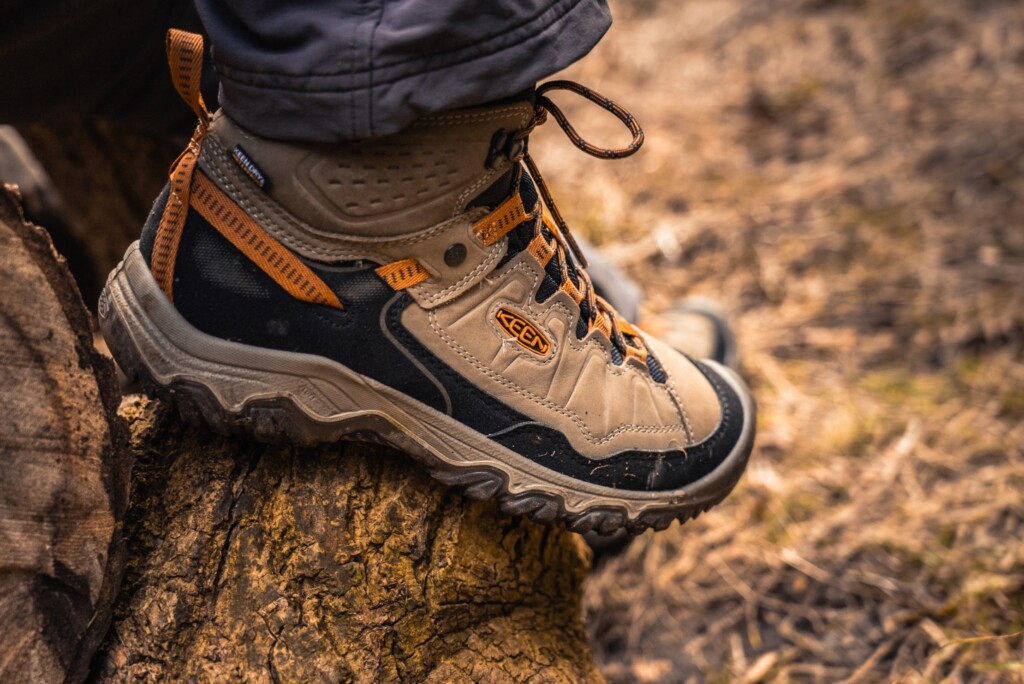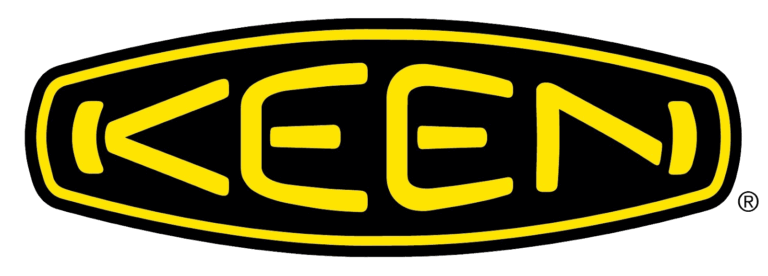Sole Survivors
Rubber is one of the go-to materials of our time. It’s in everything, from car tyres to clothing, cooking utensils to wetsuits, and even the grip on your coat’s zipper. Rubber excels is in its frictional properties, and one of the most useful applications of the material is in footwear. In the early 19th Century, the Wellington boot became a staple of practical attire for the British aristocracy, and has since become an essential item for millions. Today, the use of rubber in footwear has gone far beyond the humble ‘welly’, as the material is used in the soles of virtually all of our adventure footwear, from climbing shoes, trekking boots, ski and mountaineering boots, to casual sandals. But where did it all begin? And what’s the future of rubber soles as materials technology continues to evolve?
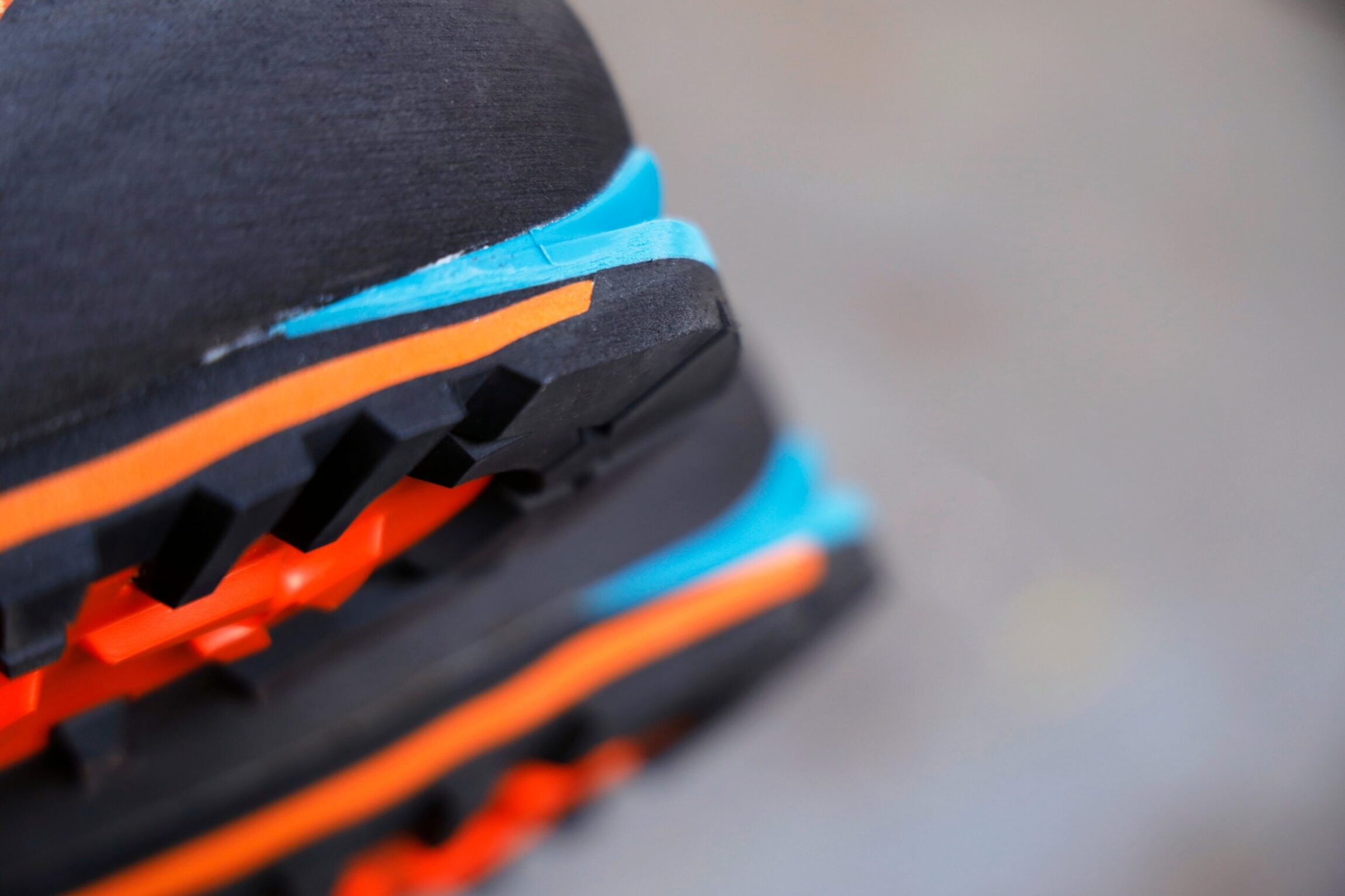
The B3 crampon-compatible toe rand and insulated Vibram soles of a pair of Scarpa Phantom 6000 high altitude mountaineering boots © David Pickford / BASE
A short history of rubber
Think of rubber and you’ll probably imagine the texture of the material before any kind of visual description. And in many ways that’s the perfect place to start. The name has come to represent a whole bunch of materials, some natural, some not so much. So what is it we’re really talking about when we say ‘rubber’? There are two camps here: natural rubber extracted from plants, and synthetic rubbers produced artificially in laboratory conditions.
Natural rubber is made from a runny, milky white liquid known as latex which oozes from particular plants when you cut into their bark. Common dandelions, for example, produce latex. If you snap off their stems, you can see the white liquid dripping out – that’s latex. There are about another 200 plants in the world that produce it. That said, the vast majority of the world’s natural rubber is produced by a tree species called Hevea brasiliensis, widely known as the rubber tree.
The rubber tree takes between seven and ten years to deliver its first harvest, which is collected by making incisions across the latex vessels in the trunk in a process known as rubber tapping. The liquid drips out and is collected in small buckets connected to the tree.
By boiling the sap from the rubber tree, Aztec, Olmec and Maya people of Mesoamerica made what is believed to be the first forms of natural rubber. By combining rubber tree sap with a vine sap, they made a stretchy, waterproof material for clothing some 3000 years ago – arguably the world’s first ‘technical fabric’. The introduction of rubber to Europe wasn’t until the 1750s, when European explorers returned from South America having seen rubber harvesting and development in practice.
The material’s first use in Europe was as an eraser, to rub out lead pencil marks on maps and charts. But the rubber developed in this early stage was not truly cured; this meant it either degraded and disintegrated with heat or went hard in the cold, making it unusable for much else.
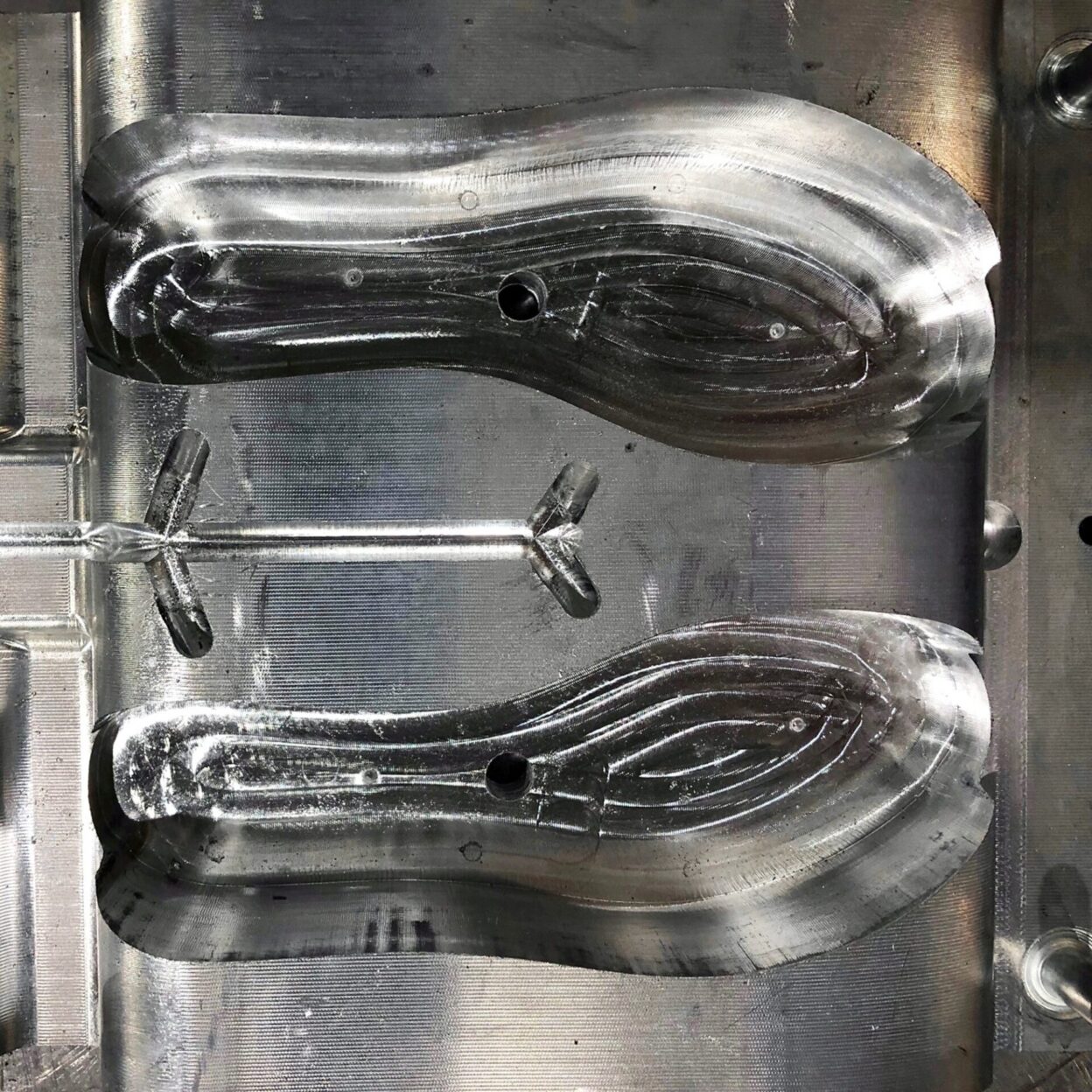
Insole moulds being manufactured in a stainless steel mould press.
On the first ascent of K2 in 1954, the Italian Karakoram expedition led by Ardito Desio use Vibram rubber-soled mountaineering boots
It was soon clear that rubber’s real potential lay in its waterproofing properties. By the 1820s, Charles Mackintosh and Thomas Hancock refined the ancient Olmec process by chipping rubber and dissolving it in benzene. Then, by introducing heat, they were able to produce large-scale rubber sheets for the first time. From this process came the famous waterproof fabric known as Mackintosh.
In Massachusetts, Charles Goodyear had also been trying for years to unleash the full potential of rubber. Goodyear was asked by a local waterproof material manufacturer to find a way of stabilising rubber using heat, since the poor thermal stability of natural rubber was causing major development problems. The story goes that one day, by accident, Goodyear dropped a sheet of fabric infused with rubber, sulphur and white lead onto a hot stove. Rather than melting, the fabric hardened into a permanent flexible state, and was far less affected by extremes of heat than it had been previously. This was the earliest form of the process now known as vulcanisation.
Unfortunately for Goodyear, taking out the US patent on the process made him virtually bankrupt, so to maintain the progression he sent samples to Mackintosh and Hancock. On analysing the samples, Mackintosh determined sulphur to be the key to the process. Quickly improving on Goodyear’s work he cracked the method, naming the process after Vulcan, the Roman god of fire. Whilst he saw no financial return in his lifetime, Goodyear’s discoveries weren’t in vain. Today you’ll probably associate his name with car tyres: the Goodyear Tyre and Rubber Company is an automotive industry leader.
As the uses of rubber expanded and spread across industries – particularly with the fast increasing popularity of bicycles with pneumatic tyres – demand soon met supply. By 1925, the price of natural rubber had increased to the point of many companies were exploring methods of producing synthetic rubber.
In the United States, the rubber explorers focused on different materials from those in Europe, building on the early laboratory work of Rev. Julius Nieuwland, a professor of chemistry who developed the synthesis of polychloroprene (or neoprene as it’s widely known) made by mixing acetylene and hydrochloric acid.
Neoprene is still one of the most popular types of synthetic rubber, and you needn’t look any further than wetsuits to see their use in adventure sports. But today, there’s a whole host of synthetic rubber made in chemical plants using petrochemicals as their starting point. According to Ullmann’s Encyclopaedia of Industrial Chemistry, in 2011 about fifteen billion kilograms of rubbers were produced annually, and of that amount, two-thirds was synthetic.
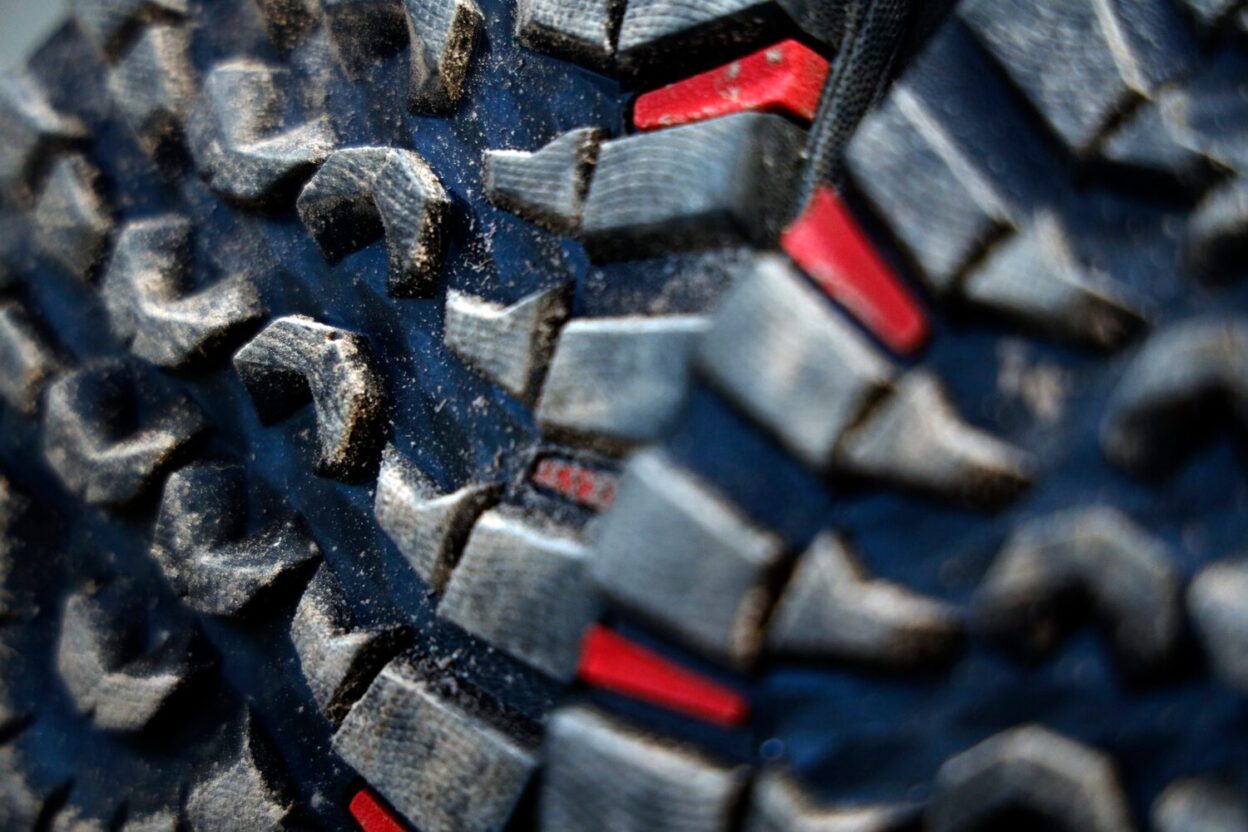
Rubber in footwear
In 2009, the Financial Times published an article citing the growth in the popularity of rubber soled footwear. This rise, it seemed, would surpass the more commonly produced leather. But rubber soles are no new thing, particularly not in the realms of technical outdoor footwear. That is partly down to Vitale Bramani.
Born in Milan in 1900, Bramani was an Italian entrepreneur, mountaineer, mountain guide and member of the Italian Alpine Club. In 1935, Bramani blamed the deaths of six of his mountaineering friends in the Italian Alps on inadequate footwear. The tragedy drove him to develop a new climbing sole. Two years later, with the financial backing of Leopoldo Pirelli (of Pirelli tires) he launched the first rubber lug soles on the market with a tread design called the ‘Carramato’ which roughly translates to ‘tank tread’.
This was the conception of the brand Vibram – a combination of Vitale Bramani’s first and second names. The sole he created was designed to provide exceptional traction on the widest range of surfaces, and to have a high level of abrasion resistance. It was made using the latest vulcanised rubber of the time. In 1954, the first successful ascent of K2, the world’s second highest mountain, was made by the Italian Karakoram expedition using Vibram rubber on the soles of their boots.
Today, more than 80 years later, the ‘carramato’ sole is still iconic, but Vibram have moved well beyond their original flagship design. Vibram now makes soles for cycling shoes, technical mountaineering boots, and shoes designed to replicate the barefoot gait. Many of the leading brands in the outdoor industry use uniquely designed soles from Vibram using different make-ups of rubber, refined for the specific requirements of the shoe and the activity in mind. There are twenty-nine different sole composites to suit every specific need, from extreme temperatures to loose ground and wet rock. Vibram can make their soles extremely grippy or extremely light, and almost anything in between.
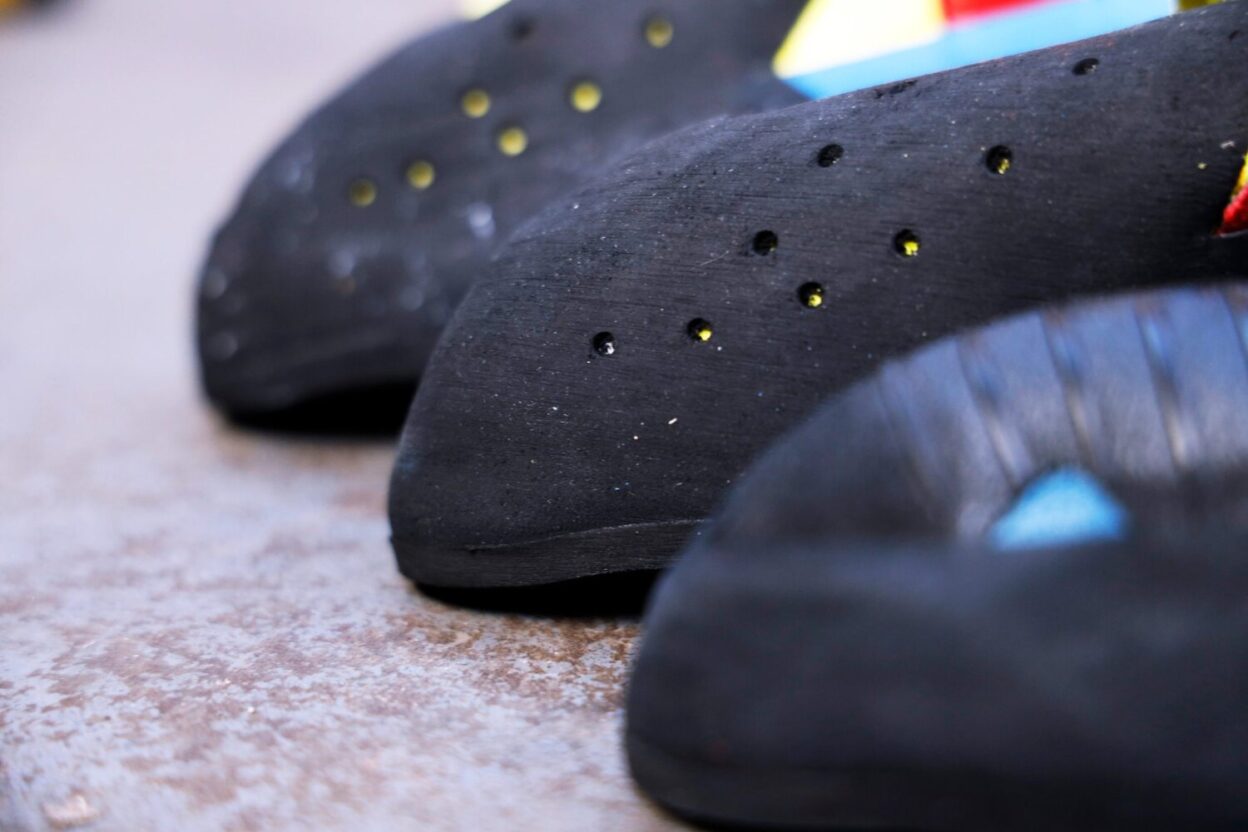
The Vibram ‘XS Grip2’ ribber soles and toe rands of the high performance Scarpa Chimera rock shoe.
Natural latex is sourced from the Hevea brasiliensis tree today with the same technique first used to harvest rubber in South America thousands of years ago
The sport of rock climbing, with its high demand for friction from the climber’s foot, was revolutionised by the development of ‘sticky rubber’ soled climbing shoes. The French alpinist and bouldering pioneer Pierre Allain first realised the potential of a rock climbing-specific shoe soled with a high friction rubber compound back in the 1930s, and the ‘P.A.’ shoes he developed in the mid-20th Century became a legendary benchmark for all future climbing shoes.
In the late 1970s, Spanish brand Boreal pioneered a new rubber compound specifically for climbing. In 1979, Boreal designed and produced the final prototype of the legendary ‘Firé’ rock shoe – the world’s first mass-produced sticky rubber climbing shoe. After testing by, among others, top American climber John Bachar, the frictional advantages of the new rubber soles became clear. From then on, all the best rock climbers in the world used sticky rubber shoes. International rock climbing standards soared in the 1980s, in part due to new sticky rubber rock shoes.
The sustainability of rubber
In an era where concerns around plastic pollution and the afterlife of the products we buy are at the forefront of public discourse, some brands in the outdoor industry are keen minimise the impact of their products.
‘Once you have an oil based product on your feet it will gently degrade and wear down injecting micro-plastics into the land, air and water’, says Ed Temperley, co-founder at WAES footwear. One of the newest additions to this new wave of thinkers in eco-conscious fashion, WAES have just launched what they call ‘the world’s first 100% plastic free sneaker range’.
‘We’ve been working with some amazing scientists at The Fraunhofer Institute who have calculated that 109 grams of micro-plastics are scuffed from the soles of every person, per year in Germany. They claim its the 7th largest source of environmental micro-plastics and it’s not hard science to believe as we all see our shoe soles wearing down’, he continues. ‘When you think about that small section of your shoe sole which wears down, what does that matter? Unfortunately, when you extrapolate it across the global population, it turns out it does matter.’
Rubber as a zero waste material
WAES have a vision of ‘a world of zero waste footwear’ as they strive to make naturally sourced and completely biodegradable footwear. So if they are to avoid the use of synthetic materials, plastic-based glues and rubbers, what are the alternatives? And how do they work?
‘We’ll use anything which is 100% natural and we have some really exciting new natural materials we are working with, but for now it’s organic-tanned leather, hemp, organic cotton, conifer glue and natural latex. Keeping it simple is actually incredibly hard work in a world which is reliant upon cheap plastics to knock out even cheaper goods’, Temperley explains.
‘But the result is beautiful and stylish sneakers made from robust but ultimately compostable materials that look great, but don’t hang around for hundreds of years after they’ve served their useful life.’
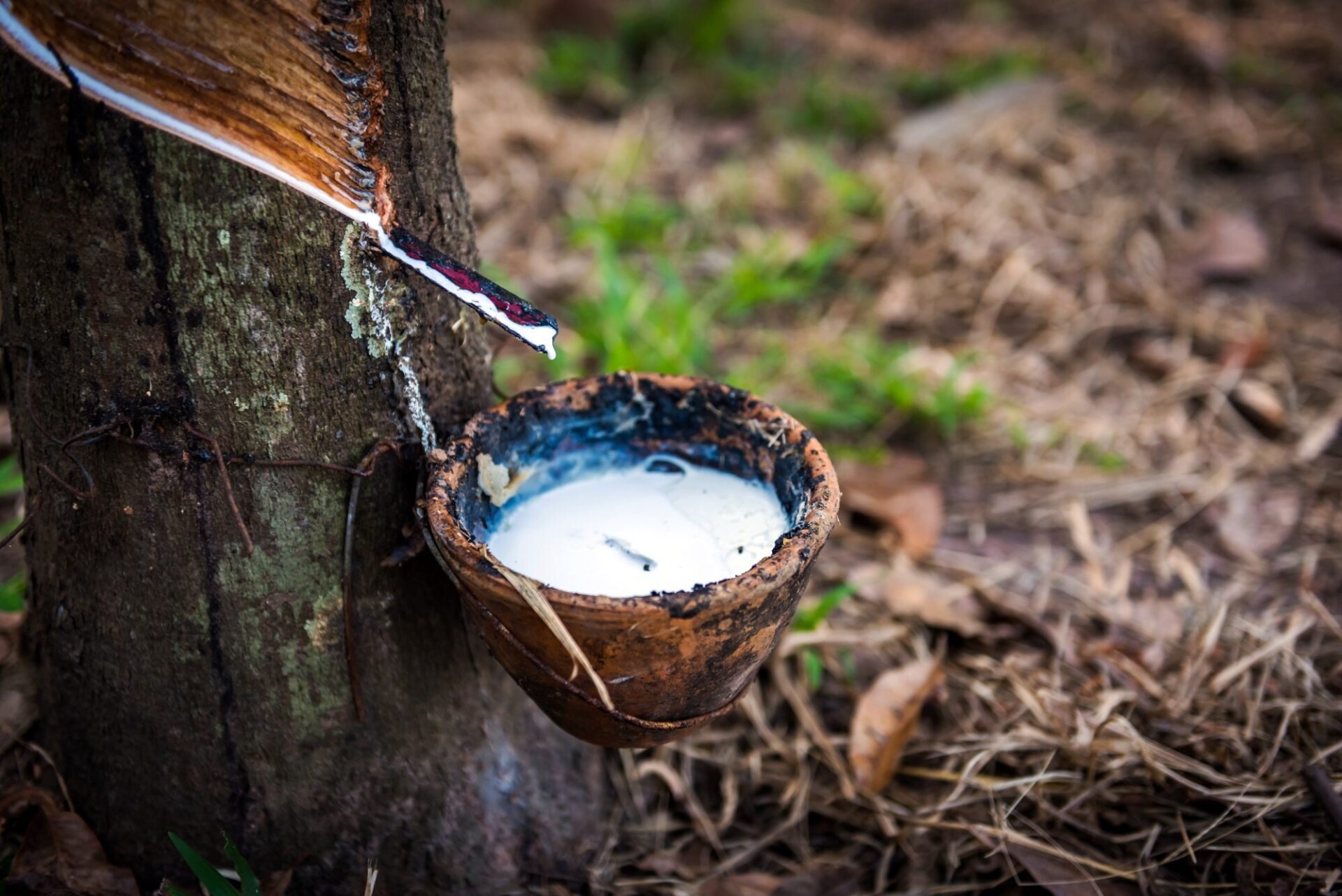
Rubber being ‘tapped’ the traditional way by cutting the bark of the rubber tree, allowing the rubber sap to drain into a receptacle.
So as the hard fast capitalist rules to fashion face question, it seems that for at least portion of the industry we’ve come full circle. The natural latex used to create the rubber soles is sourced from the hevea brasiliensis tree using variations on the same techniques used in South America thousands of years ago.
‘It takes the daily production of 20 trees to make a single pair of sole units’ Ed tells me. ‘Then after the rubber is extracted and poured into a mould to set like an oversized jelly in a water bath. In a long final step this jelly cake is cooked in an oven for a week which drives out the moisture and leaves behind a microscopic network of tunnels which give the shoes a super luxury bounce. Fast fashion would have a heart attack.’
From start to finish it can take more than two weeks to produce a pair of WAES shoes. By making products which, at the end of their intended usage, can be directly composted along with your household organic waste, they’ve turned the standard process of fashion on its head.
‘It takes a year or so for them to break down and we’d advise chopping them up as you would with any organic materials. We will also be offering a returns service so people can send the shoes back to us for a credit note, and we’ll look after the ‘end of life’ process. The last thing we want is one of our shoes in landfill’.
Whilst WAES is taking the lead in zero-waste footwear, the broader trend of developing outdoor products using environmentally-friendly technologies is an ongoing project. The bigger outdoor brands would do well to take up and continue this work as they explore the engineering of minimum-waste fabrics, garments, and low-carbon supply chains.
Don’t miss a single adventure
Sign up to our free newsletter and get a weekly BASE hit to your inbox
Other posts by this author
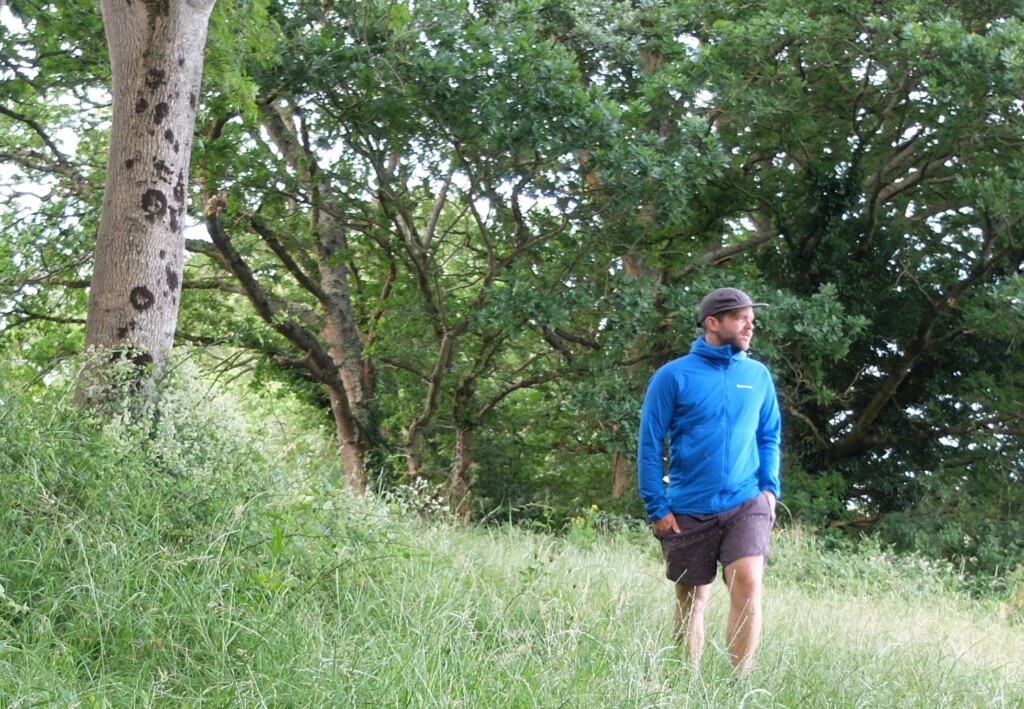
Review • Chris Hunt • Jun 27, 2023
Review: Montane Fireball Lite Hooded Jacket
Versatile mid-layer designed for active fast and light adventure
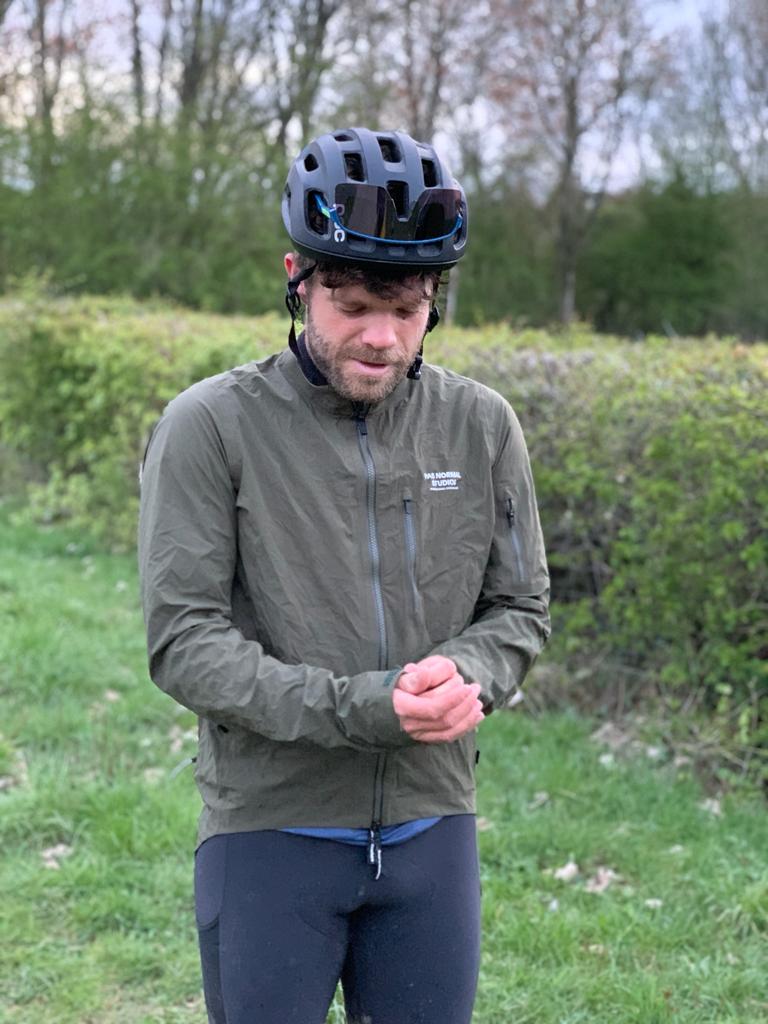
Review • Chris Hunt • Jun 23, 2023
Review: Pas Normal Studios Essential Shield Waterproof Jacket
Premium waterproof cycling jacket
You might also like
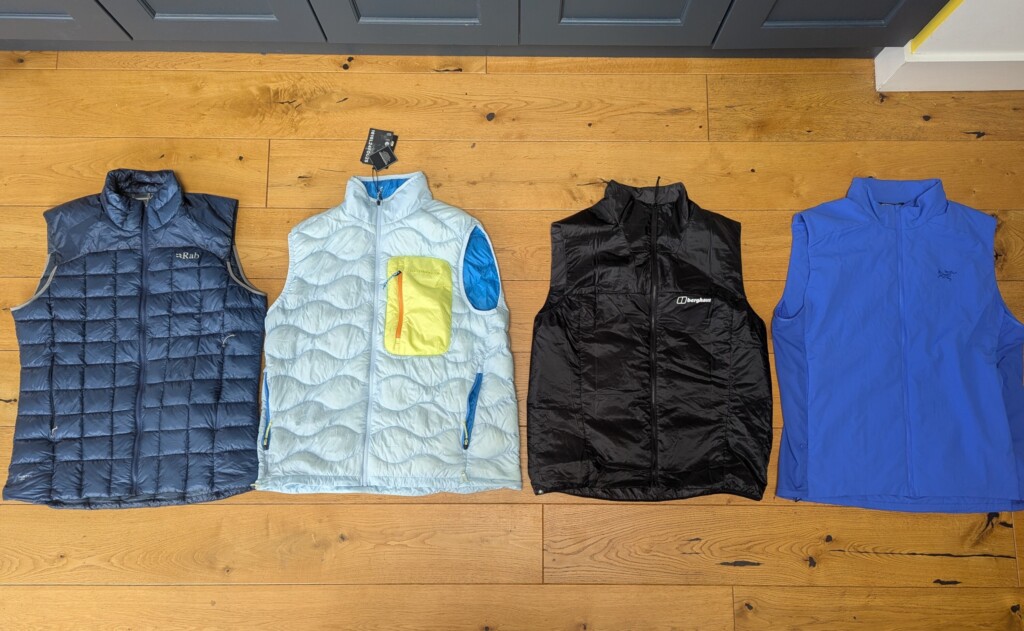
Review • Matthew Pink • Jun 06, 2025
Men’s Gilet Buyer’s Guide Summer 2025
Comparing and contrasting gilets from some of the main players in adventure
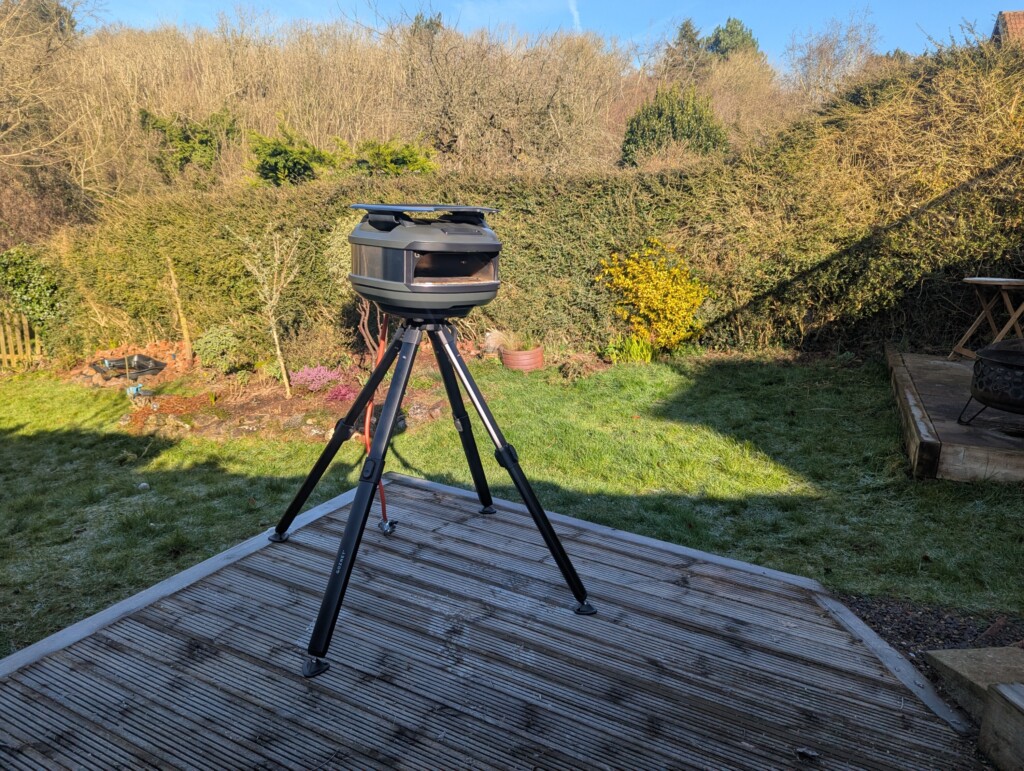
Review • Matthew Pink • Mar 14, 2025
Review: Gozney Tread portable pizza oven
A gas-fired pizza oven for fine food on the road or in the wild.
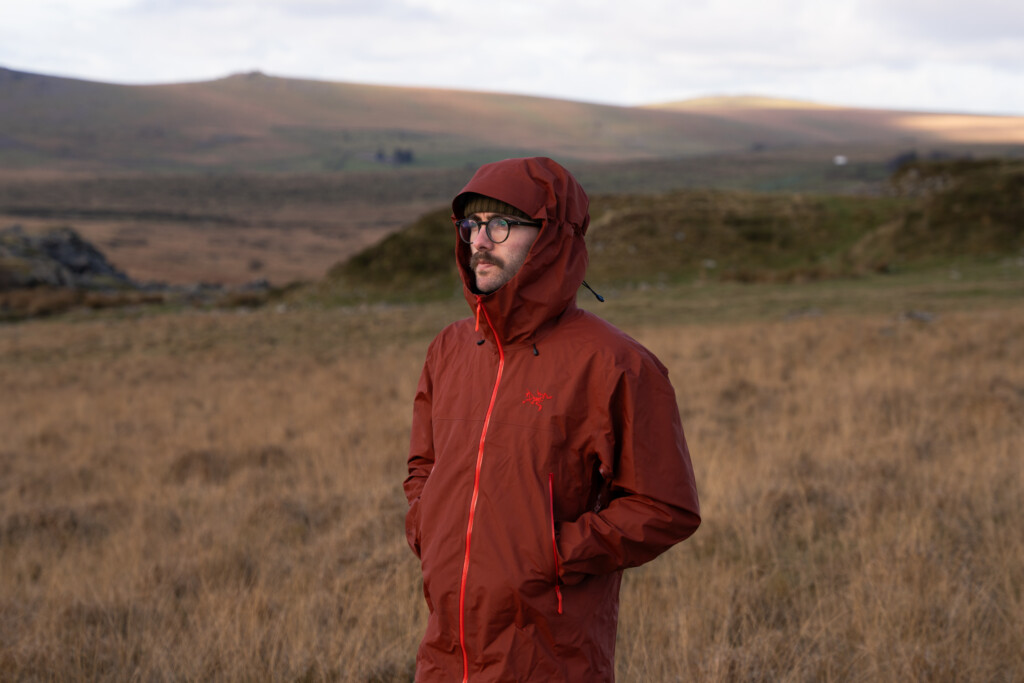
Review • Sam Firth • Jan 28, 2025
Review: Arc’teryx Beta SL Jacket
A jacket that is lightweight AND waterproof!
